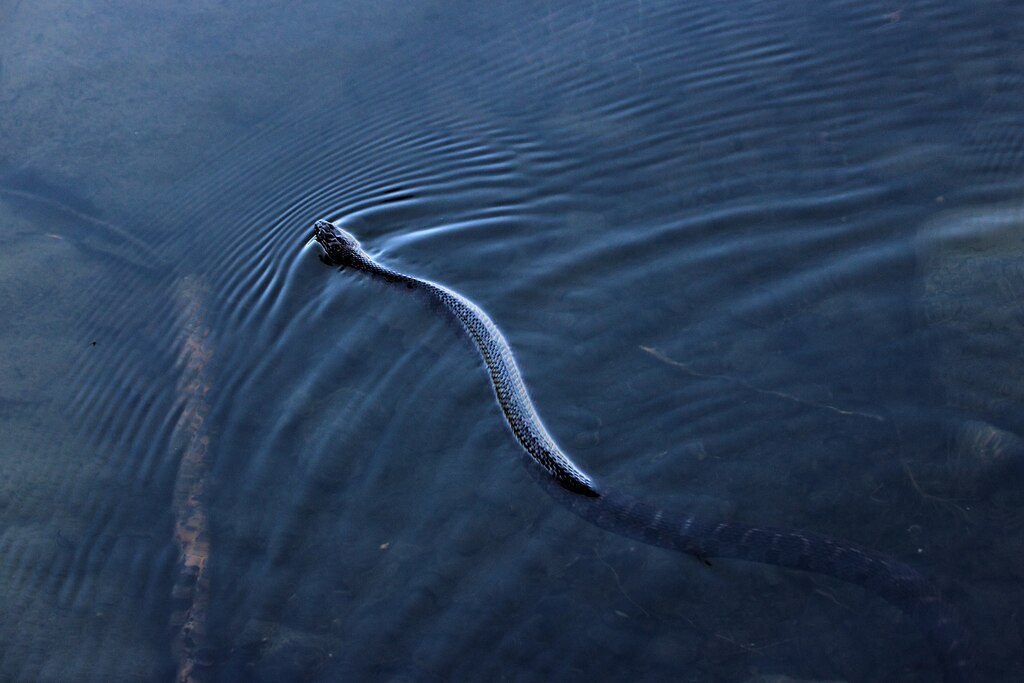Beneath the surface of rivers and streams across North America lives a remarkable serpent with an extraordinary adaptation. The Kirtland’s snake (Clonophis kirtlandii) possesses the rare ability to extract oxygen directly through its skin while submerged, allowing it to remain underwater for extended periods without surfacing for air. This fascinating biological mechanism represents one of nature’s most elegant solutions to the challenge of aquatic living for primarily terrestrial creatures. As climate change and habitat destruction increasingly threaten these specialized reptiles, understanding their unique respiratory adaptations becomes not just a matter of scientific curiosity, but of conservation importance. Let’s dive deeper into the world of this remarkable creature and explore how its specialized skin functions as both protection and breathing apparatus.
The Evolution of Cutaneous Respiration
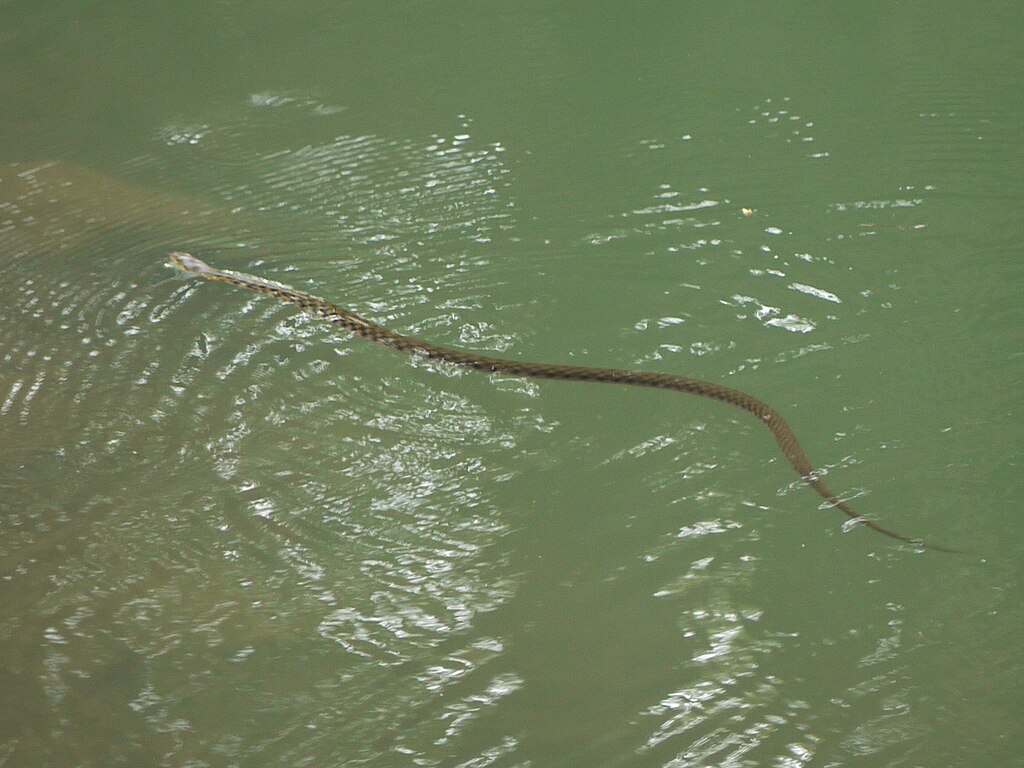
Cutaneous respiration—the ability to breathe through skin—evolved independently across several animal groups as a solution to the challenges of aquatic environments. In snakes specifically, this adaptation represents a fascinating evolutionary compromise, allowing species to exploit underwater resources without completely abandoning their terrestrial nature. While amphibians are most famous for skin breathing, certain specialized snakes have developed permeable skin that allows sufficient gas exchange when submerged. This adaptation likely emerged gradually over thousands of generations as ancestors spent increasing time in aquatic environments. The evolutionary pressure to access underwater prey while avoiding predators drove the development of skin that could serve dual purposes: protection and respiration.
The Biological Mechanism of Skin Breathing

The skin-breathing process in specialized aquatic snakes relies on a remarkably thin epidermal layer that facilitates gas exchange between the surrounding water and the snake’s bloodstream. Unlike typical reptilian scales that form a waterproof barrier, the skin of water snakes like the Kirtland’s snake features microscopic modifications that allow oxygen molecules dissolved in water to diffuse across the skin barrier while preventing water itself from entering. Specialized capillary networks lie extremely close to the skin’s surface, minimizing the diffusion distance oxygen molecules must travel to reach the bloodstream. The rate of oxygen absorption depends on several factors, including water temperature, oxygen concentration, and the snake’s activity level. This biological mechanism operates according to simple diffusion principles: oxygen moves from areas of higher concentration (water) to areas of lower concentration (blood).
Meet the Kirtland’s Snake

The Kirtland’s snake (Clonophis kirtlandii) represents one of North America’s most specialized skin-breathing serpents, though it remains relatively unknown to the general public. This small, secretive species typically grows to about 12-18 inches in length, featuring a distinctive pattern of dark spots against a reddish-brown background that provides excellent camouflage in its wetland habitats. Native to the American Midwest, particularly parts of Ohio, Indiana, Illinois, and Michigan, these snakes face significant conservation challenges due to wetland drainage and habitat fragmentation. Unlike fully aquatic species, Kirtland’s snakes maintain a semi-aquatic lifestyle, utilizing skin respiration during their underwater hunting expeditions but returning to land for other activities. Their specialized biology makes them particularly vulnerable to environmental changes, especially pollution that can interfere with their delicate skin respiratory system.
The Respiratory Efficiency Underwater
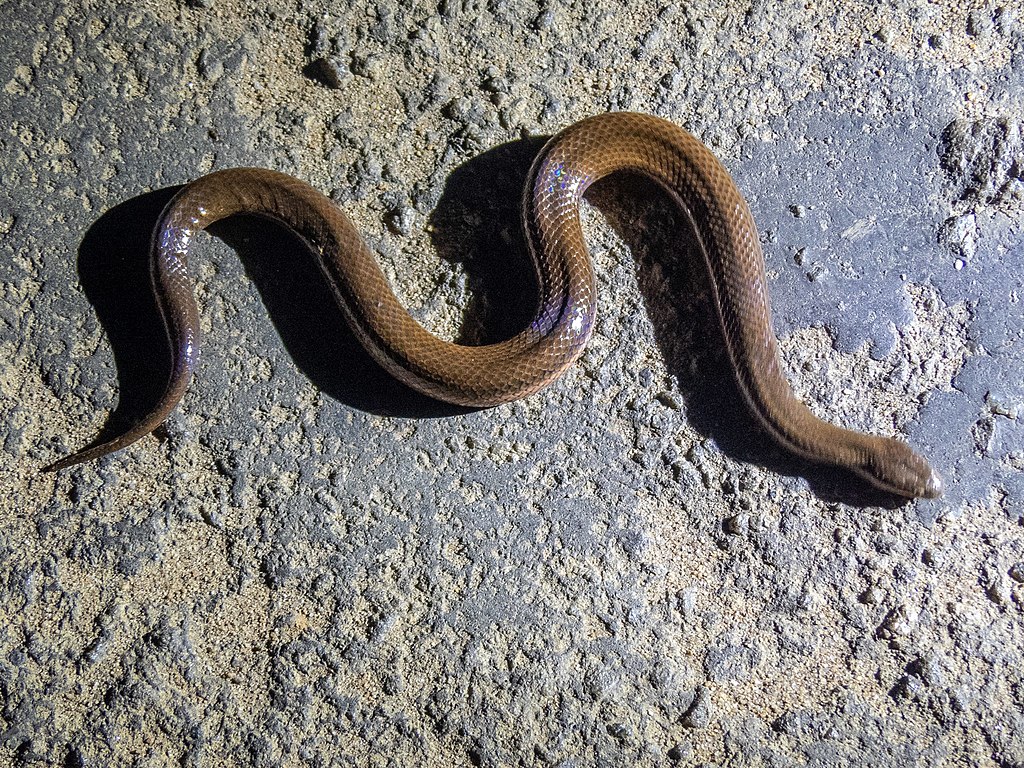
The respiratory efficiency of skin-breathing snakes underwater varies significantly based on environmental conditions and species-specific adaptations. In optimal conditions—cool, oxygen-rich water with minimal pollution—these specialized serpents can extract up to 30% of their oxygen requirements through cutaneous respiration alone. This remarkable efficiency allows them to remain submerged for periods ranging from 30 minutes to over an hour without returning to the surface, giving them a significant advantage when hunting aquatic prey. The metabolic demands of the snake also influence underwater endurance; during periods of low activity, oxygen requirements decrease, extending possible submersion time. However, this system has limitations—during intense activity like pursuing prey or escaping predators, skin respiration cannot supply sufficient oxygen, forcing the snake to return to the surface more frequently to breathe through conventional lung respiration.
Anatomical Adaptations Beyond Skin
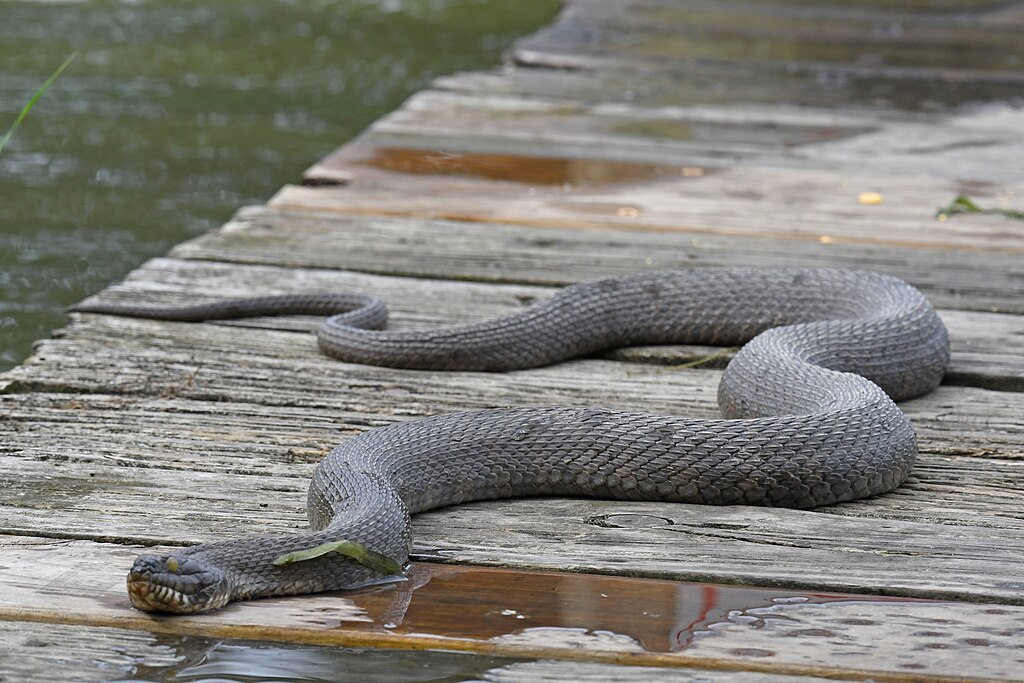
While permeable skin forms the foundation of underwater respiration in these specialized snakes, several complementary anatomical adaptations enhance their aquatic capabilities. Their lungs have evolved to function more efficiently, with increased internal surface area that maximizes oxygen extraction during brief surface breathing. Many skin-breathing snake species also display cardiovascular modifications, including larger heart ventricles and specialized blood flow patterns that prioritize vital organs during extended submersion. The positioning of the nostrils high on the head allows these snakes to breathe with minimal exposure at the water’s surface, reducing vulnerability to predators. Some species have even developed the ability to lower their metabolic rate while underwater, a form of aquatic torpor that significantly reduces oxygen demand during extended periods beneath the surface.
Other Notable Skin-Breathing Snake Species
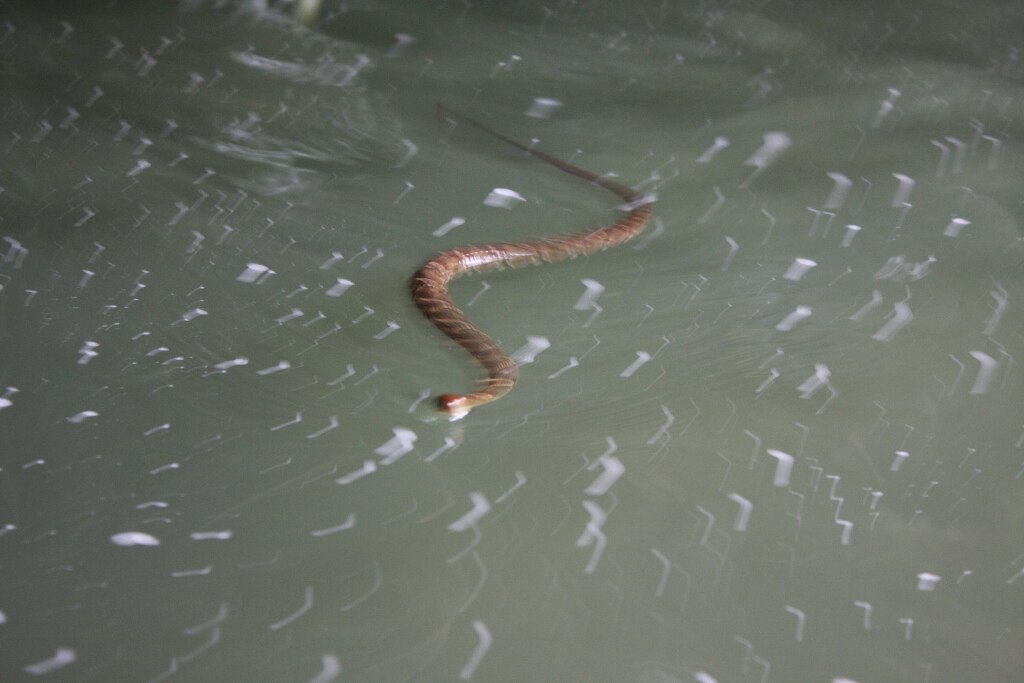
Beyond the Kirtland’s snake, several other serpent species have evolved varying degrees of cutaneous respiration capability. The North American Graham’s Crayfish Snake (Regina grahamii) utilizes skin breathing while hunting in oxygen-depleted muddy waters, allowing it to extract crayfish from their burrows without frequent surfacing. Australia’s Arafura File Snake (Acrochordus arafurae) represents perhaps the most specialized skin-breathing serpent, spending virtually its entire life underwater and relying heavily on cutaneous respiration. The Elephant Trunk Snake (Acrochordus javanicus) of Southeast Asia features loose, baggy skin that increases surface area for enhanced underwater gas exchange. These diverse examples demonstrate how skin respiration has evolved independently across different snake lineages in response to similar ecological pressures, creating specialized predators uniquely adapted to aquatic environments.
Behavioral Adaptations Supporting Skin Respiration

Skin-breathing snakes exhibit specialized behaviors that optimize their unique respiratory system’s effectiveness. Many species perform a distinctive swimming pattern that creates water flow across their skin surface, effectively increasing oxygen delivery by preventing an oxygen-depleted boundary layer from forming. During colder months when metabolism naturally slows, these snakes may remain submerged for dramatically extended periods, sometimes exceeding several hours without surfacing. Some species demonstrate remarkable environmental awareness, preferentially selecting oxygen-rich microhabitats within their aquatic environment, such as areas with moving water or aquatic vegetation that releases oxygen through photosynthesis. Perhaps most fascinating is their ability to adjust behavior based on respiratory efficiency—when skin respiration is functioning optimally, these snakes engage in more underwater activities; when conditions reduce cutaneous gas exchange, they spend more time at the surface.
Environmental Threats to Skin-Breathing Snakes
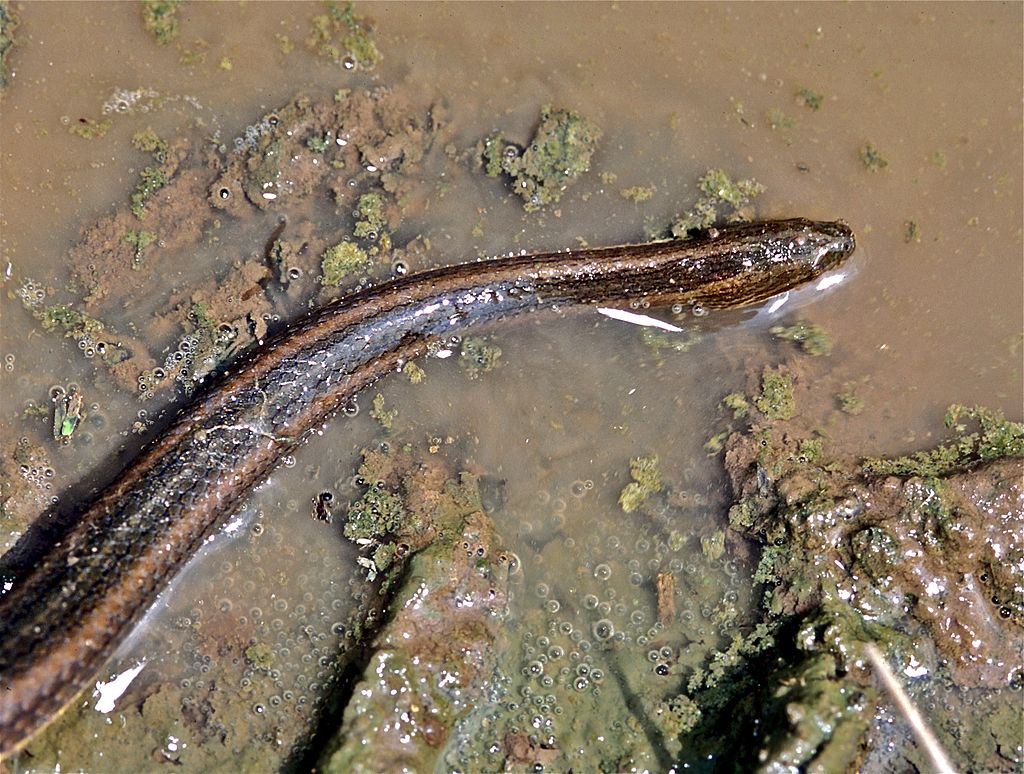
The specialized nature of cutaneous respiration makes skin-breathing snakes particularly vulnerable to environmental degradation. Water pollutants, especially those containing heavy metals or petroleum derivatives, can directly damage the permeable skin or interfere with the diffusion process that enables oxygen absorption. Rising global temperatures present another significant threat, as warmer water naturally holds less dissolved oxygen, reducing the efficiency of skin respiration and forcing these snakes to surface more frequently. Habitat destruction, particularly the draining of wetlands for agriculture and development, has eliminated countless suitable environments for these specialized serpents. Invasive species introductions can further compromise their survival, either through direct predation or by altering the delicate ecological balance of their aquatic habitats. These combined pressures have resulted in several skin-breathing snake species now facing endangered or threatened status across their native ranges.
Conservation Efforts and Challenges
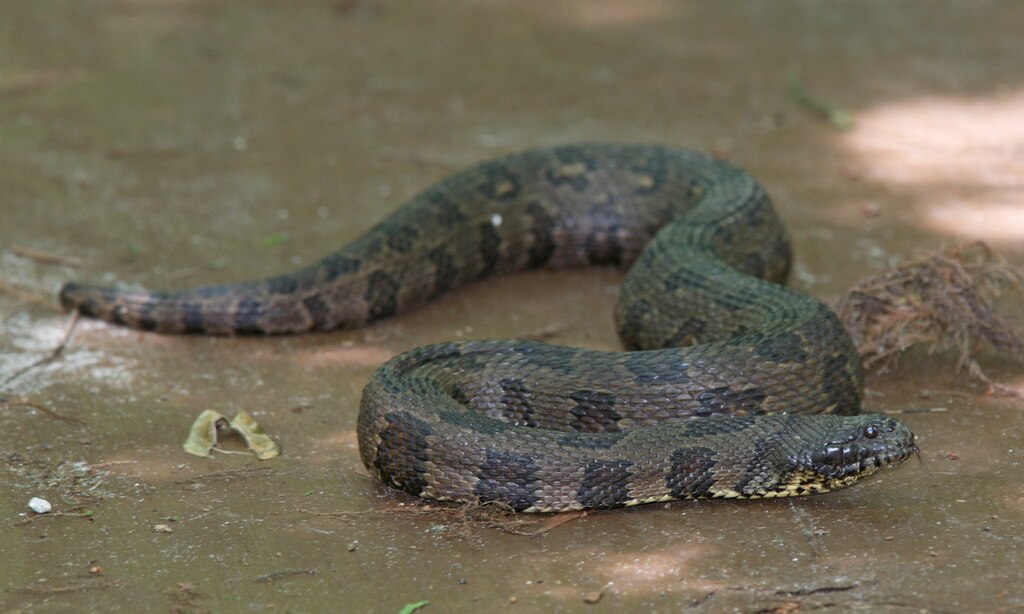
Conservation initiatives for skin-breathing snakes face unique challenges due to these species’ specialized nature and often secretive habits. Protected area designation represents a critical first step, preserving the intact wetland ecosystems these snakes require for survival. Habitat restoration projects, including wetland reconstruction and water quality improvement efforts, have shown promise in supporting declining populations in certain regions. Research programs utilizing radio tracking and environmental DNA sampling are enhancing our understanding of these snakes’ movement patterns and habitat requirements, information essential for effective conservation planning. Public education campaigns work to dispel harmful myths about snakes generally while highlighting the ecological importance of these specialized species. Despite these efforts, securing adequate funding and public support for reptile conservation remains challenging, as these species lack the charismatic appeal that often drives conservation dollars toward mammals and birds.
Scientific Research and Recent Discoveries
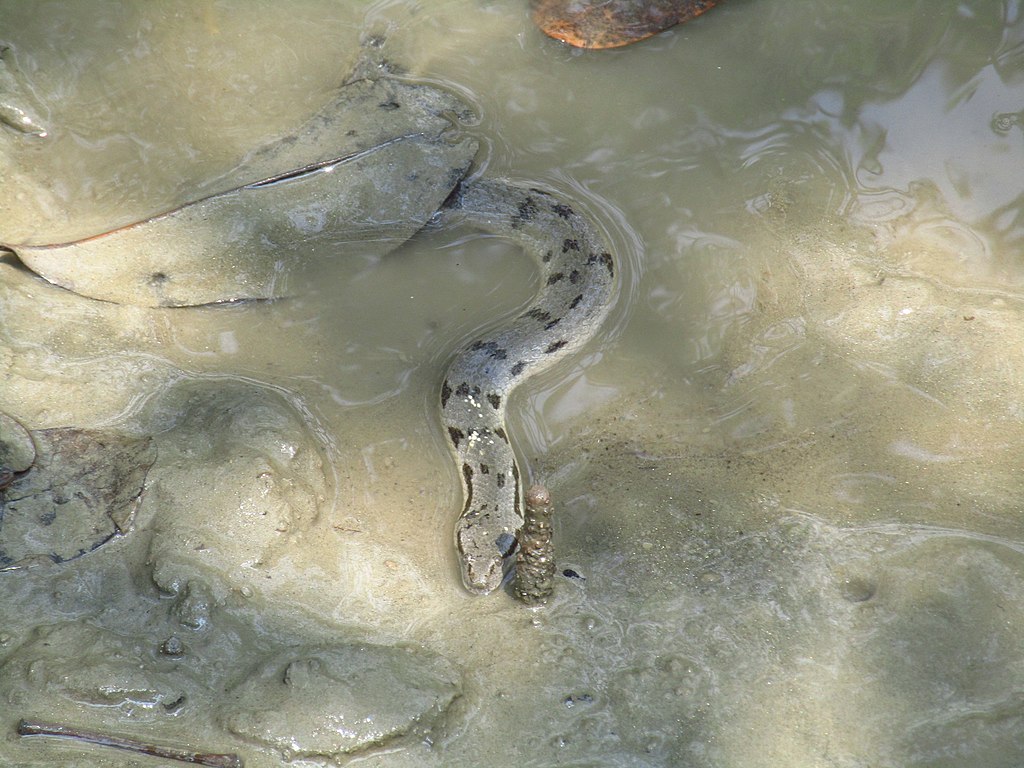
Recent scientific advances have significantly enhanced our understanding of cutaneous respiration in snakes. Sophisticated oxygen sensors now allow researchers to measure gas exchange rates through snake skin with unprecedented precision, revealing that efficiency varies across different body regions, with some areas specialized for enhanced respiration. Genetic research has identified specific genes responsible for developing and maintaining the specialized skin structure that enables gas permeability while preventing harmful water infiltration. Comparative studies between different snake species have revealed evolutionary pathways, suggesting skin respiration evolved independently multiple times as snakes adapted to various aquatic niches. Perhaps most intriguingly, recent research indicates that some seemingly terrestrial snake species may possess limited cutaneous respiration capabilities, suggesting this adaptation exists on a spectrum rather than as a binary trait.
Evolutionary Significance of Underwater Skin Breathing

The evolution of cutaneous respiration in snakes represents a fascinating example of how organisms can develop innovative solutions to ecological challenges without completely redesigning their fundamental biology. Unlike fish, which evolved specialized gill structures for aquatic respiration, these snakes repurposed their existing skin with relatively minor modifications to serve a respiratory function. This adaptation illustrates the concept of exaptation—when a structure evolved for one purpose is repurposed for another—as snake skin originally evolved primarily for protection and water retention. The repeated independent evolution of skin breathing across different snake lineages demonstrates convergent evolution in response to similar environmental pressures. Studying these specialized respiratory adaptations provides valuable insights into evolutionary processes more broadly, showing how incremental changes can eventually produce remarkable specialized capabilities without requiring complete physiological overhauls.
Cultural Significance and Human Interactions
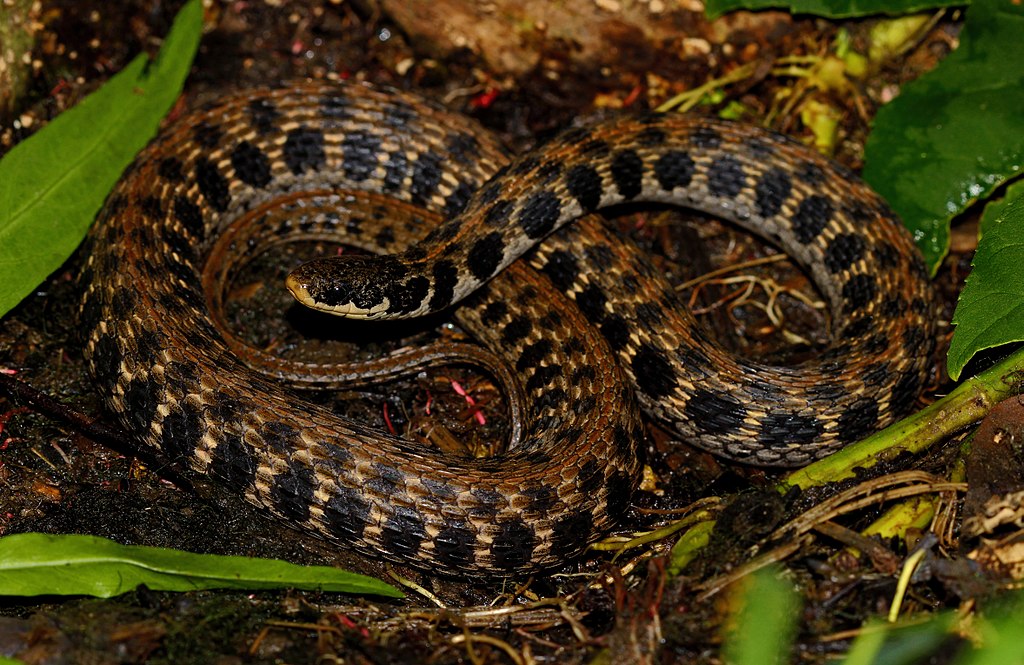
Throughout history, skin-breathing snakes have featured in the cultural traditions and folklore of many indigenous communities living near their aquatic habitats. Native American tribes in the Midwest, including the Potawatomi and Miami peoples, incorporated these unique serpents into their storytelling traditions, often portraying them as messengers between the terrestrial and aquatic worlds. Early European settlers frequently misunderstood these specialized snakes, with some accounts mistakenly describing them as venomous due to their aquatic habits and unfamiliar appearance. Modern educational programs at nature centers and aquariums now showcase these remarkable creatures to illustrate evolutionary adaptations and wetland ecology. Despite their fascinating biology, skin-breathing snakes occasionally face persecution from misinformed landowners who may kill them on sight, highlighting the ongoing need for public education about these harmless and ecologically valuable reptiles.
The Future of Skin-Breathing Snakes in a Changing World
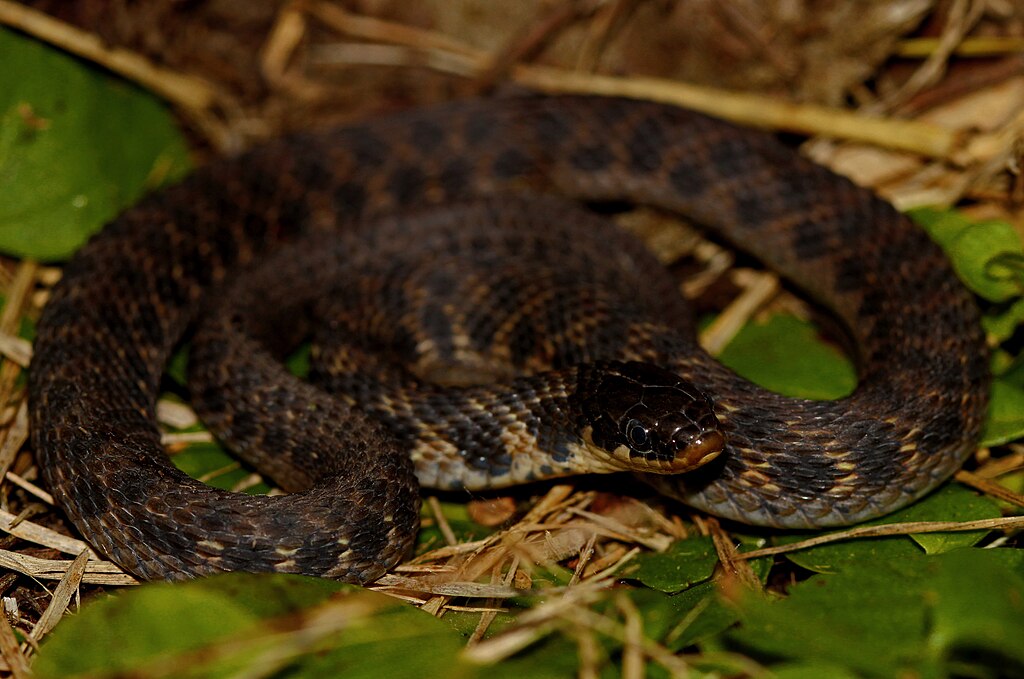
The future for skin-breathing snakes hangs in a delicate balance as multiple environmental pressures intensify across their native ranges. Climate change projections suggest further challenges ahead, with altered precipitation patterns affecting wetland hydrology and rising temperatures reducing dissolved oxygen levels in aquatic habitats. Conservation geneticists express concerns about population fragmentation, as remaining populations become increasingly isolated in habitat islands, potentially reducing genetic diversity essential for adaptation to changing conditions. Some encouraging developments exist in the form of innovative conservation techniques, including captive breeding programs that maintain genetic reservoirs of threatened species. Targeted habitat protection efforts, particularly the preservation and restoration of wetland corridors that allow population connectivity, offer perhaps the most promising path forward. The fate of these remarkable serpents may ultimately depend on humanity’s broader commitment to addressing climate change and habitat preservation on a global scale.
Conclusion
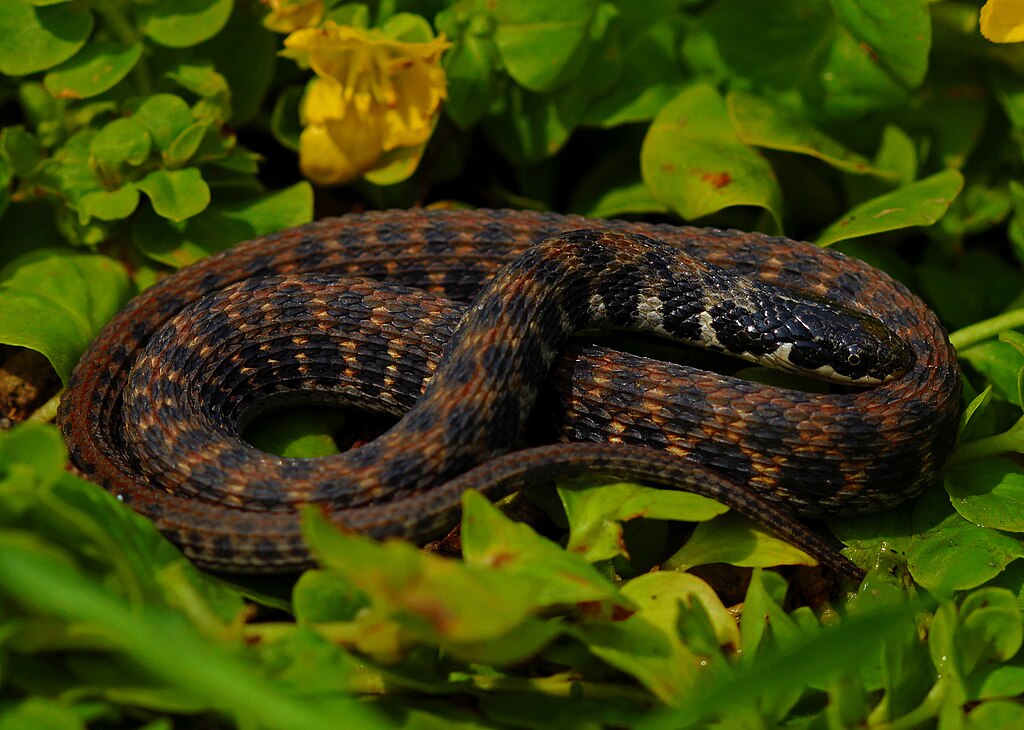
The ability to breathe through skin while underwater represents one of nature’s most elegant adaptations, allowing certain snake species to thrive in aquatic environments without evolving completely new respiratory structures. From the Kirtland’s snake of the American Midwest to the fully aquatic file snakes of Australia, these specialized serpents demonstrate nature’s remarkable capacity for creating diverse solutions to life’s challenges. As we continue to unravel the complexities of cutaneous respiration through scientific research, we gain not only a deeper appreciation for these fascinating creatures but also insights that may inform conservation strategies essential for their survival. In a world of increasing environmental pressures, preserving the habitats that support these living examples of evolutionary innovation becomes not just an ecological imperative but a way of safeguarding nature’s remarkable diversity of solutions to life’s fundamental challenges.

